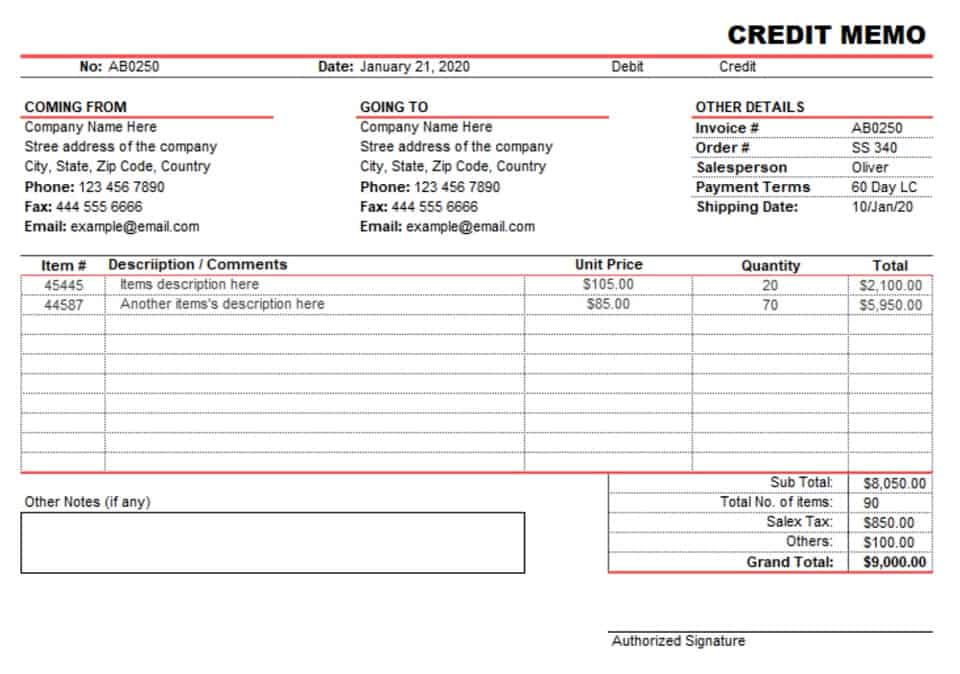
Plus, they often come with features that make it a breeze to view your financials through various lenses, allowing you to make informed decisions about your growth and investment strategies. Applying software solutions in today’s digital age can transform how you calculate and manage retained earnings. Gone are the days of relentless number crunching—hello to the era of clicks and automation!
Step 2: Calculate Net Income or Loss
In accounting, liabilities are obligations from past events that result in outflows of economic benefits. Similarly, any of these obligations that companies must repay within 12 months are current liabilities. In this case, some people may confuse retained earnings for liabilities. However, this balance does not meet the definition for any of those items.
What Happens When There Is Not Enough Cash Flow or Assets On Hand to Cover Liabilities?
On top of that, retained earnings are ultimately the right of a company’s shareholders. Alternatively, companies take the net income for the period to the retained earnings account first. Subsequently, they subtract any declared dividends from that balance. Understanding retained earnings assists management in making informed decisions regarding dividend distributions. By knowing how much money has been retained, management can decide whether to distribute dividends or retain further earnings for business growth. Businesses can reinvest retained earnings by purchasing more capital (increasing assets) or paying off debts (reducing liabilities).
Are Retained Earnings Considered a Type of Equity?
This document is essential as you learn how to calculate retained earnings and other equities. Food Truck Accounting Dividend payments can vary widely, depending on the company and the firm’s industry. Established businesses that generate consistent earnings make larger dividend payouts, on average, because they have larger retained earnings balances in place.
- Though retained earnings are not an asset, they can be used to purchase assets in order to help a company grow its business.
- Using such innovative platforms, you can anticipate a smoother fiscal journey for your company, ensuring that every dollar in profit is judiciously accounted for and every decision backed by solid data.
- Reinvesting profits back into the business can help it expand and become more successful over time.
- Shareholders equity—also stockholders’ equity—is important if you are selling your business, or planning to bring on new investors.
- Retained earnings are a financial crystal ball, offering insights into a company’s past decisions, present condition, and future possibilities.
- Similarly, the iPhone maker, whose fiscal year ends in September, had $70.4 billion in retained earnings as of September 2018.
- However, it is more difficult to interpret a company with high retained earnings.
What Does It Mean for a Company to Have High Retained Earnings?
However, it includes various stages based on the elements of the retained earnings formula. When a company conducts business, it will generate profits or losses. Knowing how to accurately calculate retained earnings can empower financial planning and decision-making. By keeping track of assets and subtracting liabilities, businesses can derive this crucial figure. In this guide, we’ll delve into each step of this process, ensuring clarity and precision in your financial evaluation.

Retained earnings allow businesses to fund expensive asset purchases, add a product line, or buy a competitor. Your firm’s strategy should influence how you choose to use retained earnings and cash dividend payments. Don’t forget to record the dividends you paid out during the accounting period. You can pull this info from your company’s records or bank statements. It’s important to note that retained earnings are cumulative, meaning the ending retained earnings balance for one accounting period becomes the beginning retained earnings balance for the next period. Net profit refers to the total revenue generated by a company minus all expenses, taxes, and other costs incurred during a given accounting period.

Retained earnings (RE) are calculated by taking the beginning balance of RE and adding net income (or loss) and then subtracting out any dividends paid. Shareholder’s equity section includes common stock, additional paid-in capital, and retained earnings. They are a type of equity—the difference between a is retained earnings an asset or liabilities company’s assets minus its liabilities. Businesses can choose to accumulate earnings for use in the business or pay a portion of earnings as a dividend.

It is crucial for investors and creditors to analyze current liabilities to assess the company’s financial health and how it manages its current obligations. It is essential for businesses large and small to accurately keep track of their retained earnings, as well as their total assets and liabilities. A limited liability company (LLC) may have shareholders who are not liable for the company’s debt, but they are accounting — as in a general partnership — still entitled to receive distributed profits. Any profits not distributed at the end of a fiscal year are considered retained earnings.
